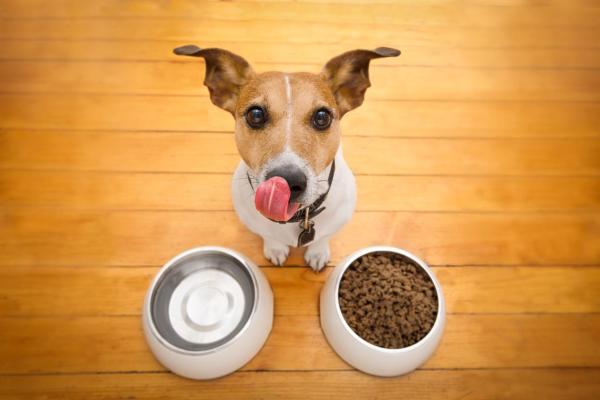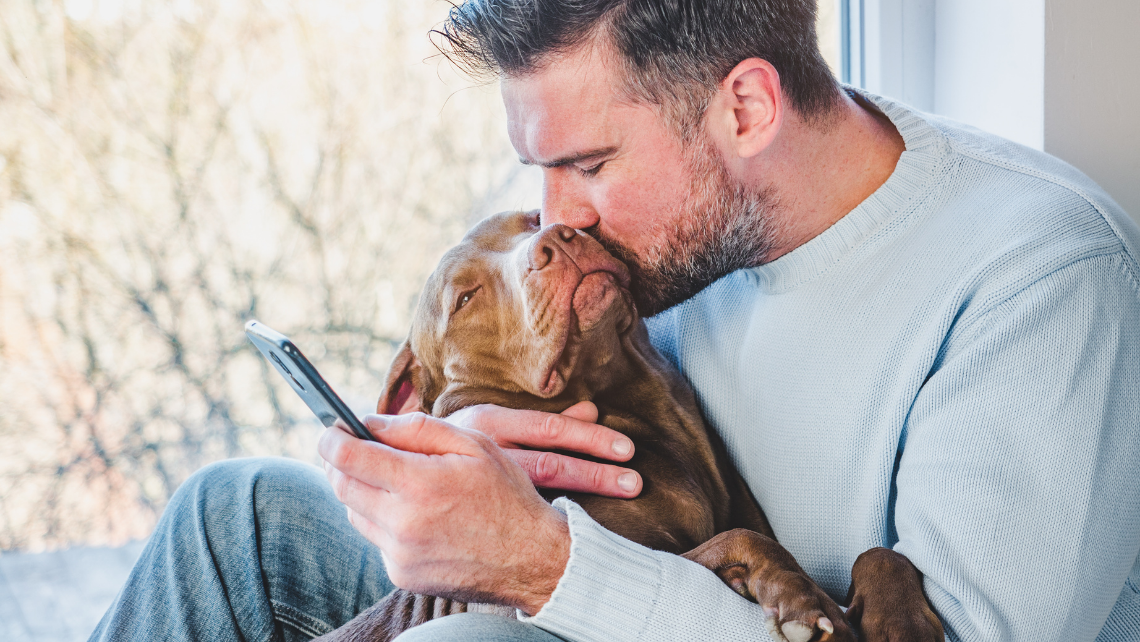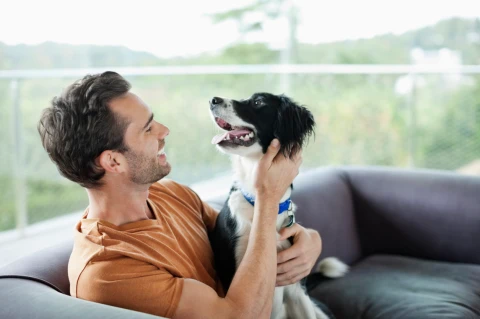Obesity is a leading cause of death in dogs as pets. Conditions as varied as diabetes, arthritis, heart disease, and respiratory illness might affect an overweight dog. Diagnosing and treating obesity in your pet before it causes health problems is essential if you want to save it from getting these potentially fatal illnesses.
Do You Think They Need to Go on a Diet?
It is simple to decide whether or not to diet them. A dog in good health should have a trim physique with a distinct waist and barely visible ribs. It can be hard to tell if an animal is overweight if he has a thick coat, but you can feel his middle and tell if there is excess fat covering his rib cage by doing so. You can tell he’s overweight if you can’t feel his ribcage.
Talk to your vet if you’re unclear whether or not your pet will benefit from a diet. Your dog’s optimal diet will be determined by your vet after they have weighed in and taken into account factors such as breed, size, age, and health. A veterinarian can help you decide if your dog is overweight and provide guidance on how to help him or her shed those extra pounds in a healthy way.
Formulating a Healthy Diet Plan
The variety of dog food brands and recipes might make it difficult to decide what is best for your pet. Though several theories exist on the optimal diet for it, two stand out: organic and raw food. In spite of the fact that there is some disagreement even among dog experts on the healthiest diet for canines, the vast majority of dog owners and breeders agree that organic or raw food is better.
Organic dog food is much more expensive than regular dog food, so feeding your dog an organic diet will require a significant time and financial commitment from you. Although it can be time-consuming, some dog owners choose to prepare their pet’s food from scratch using only organic products. As the cook, you know precisely what goes into your dog’s food when you make it from scratch, so you can provide them the best possible nutrition. The amount of fat in your dog’s diet can be managed, which also aids in the fight against obesity.
They argue that feeding a dog a raw meat and bone diet is the healthiest option because dogs have evolved to consume this type of food. Feeding your dog a raw meat and bone diet means cutting out all carbohydrates other than meat and bones. In theory, you should only give your dog food that he would have found in the wild, because it’s quite unlikely that a wolf would eat a carrot. Due to the lack of carbohydrates, raw diets are excellent for keeping canine bodies in check.
Safely Introducing a Diet to Your Dog
It is important to transition your dog’s diet slowly. If you drastically alter your dog’s diet, it may cause stomach troubles and other complications. Avoid causing your dog to suffer from malnutrition or extreme hunger by gradually reducing the amount of food you give it. It’s inhumane to starve your dog without giving him time to acclimate to the change in his diet. Do not give your dog human food or treats; doing so can quickly lead to obesity.
Healthy weight loss is supported by both food and exercise, and more exercise is better. If you commit time each day to walking and playing with your dog, you will notice a positive change in its weight, health, and mood. If you give it a balanced food and encourage it to exercise, he will be happier and healthier, and you may even be able to increase his lifetime and level of health.


